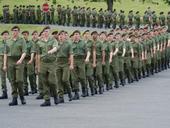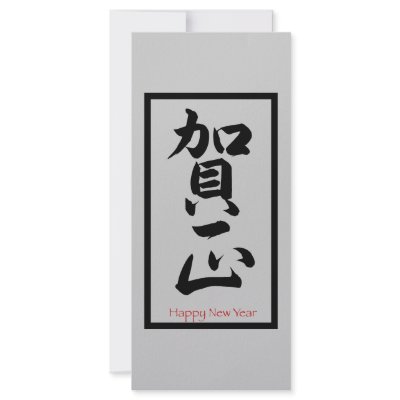The remit of the three-hour session was to run through the first three pinan katas in detail and to offer bunkai for the opening techniques which would assist the student in their understanding of application, speed and positioning.
After a gentle warm-up and some kihon line-work where Sensei corrected our basics we moved on to Pinan Nidan; working through the kata move by move as he explained the points of origin, transition and completion for the techniques. Particular focus was placed on the movement of the centre of the body and allowing the technique to follow the ‘core’.
It was really heartening to see so many junior students grasp this simple but fundamental element and as Sensei moved on to explain the application of the opening moves we were taught how the technique and shift of balance could be applied to several different defensive and offensive situations.
Experiencing the techniques on the receiving end first-hand was a fascinating opportunity and helped my understanding enormously. As Wado has its foundations in Jiu Jitsu rather than traditional Okinawan Karate, I’m far less familiar with these grappling and locking techniques than many of my peers.
Regular readers will know that I have struggled with the subtle differences between the Shotokan Heian and the Wado Pinan katas and trying to apply the bunkai I had worked out for Shotokan to the new Wado way of working has been causing me problems. In Shodan (which is confusing called Nidan in Shotokan…) the rising double block had always been a defence against a diagonal weapon attack (bo, jo or sword) which is then captured between the arms as they are lowered and the weapon used against the attacker as the arms straighten out.
Sensei demonstrated the rising and outer blocks of the initial movement with various interpretations but thinking of the outer block more as a rising kidney punch made sense to me and improved the speed and quality of my technique…little things! I was also pleased that Sensei followed up the techniques with a range of locks and take-downs as bunkai for the second and third steps (although my arm was getting a little sore by this point!)
You can see how we got on at the Mushindo Wadokai Championships in Walsall here.
This Sunday we’re off the Central England Opens. Wish us luck!



















